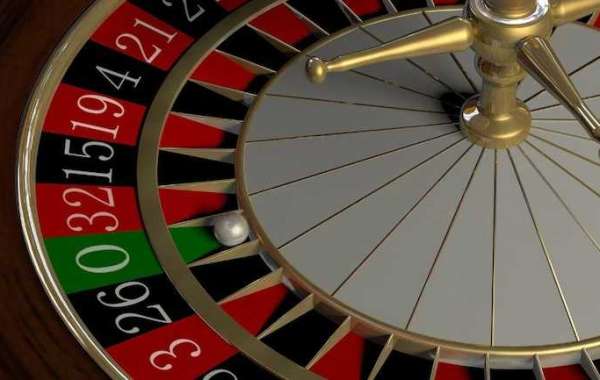Laser annealing equipment has emerged as a cutting-edge solution in material processing, offering precise control over the annealing process that traditional methods cannot achieve. This technology utilizes high-intensity lasers to heat specific areas of a material, thereby altering its properties without affecting surrounding regions. Laser annealing is especially valuable in the semiconductor, electronics, and materials industries, where it enables rapid processing, minimal thermal damage, and exceptional control over material properties. The growing demand for faster, more efficient, and highly controlled material processing methods is driving the adoption of laser annealing equipment across various industrial sectors.
More info : https://www.econmarketresearch.com/industry-report/laser-annealing-equipment-market/
Applications of Laser Annealing in Semiconductors and Electronics
The semiconductor industry has been one of the primary adopters of laser annealing technology due to the high precision and control it offers. Laser annealing is widely used in the manufacturing of integrated circuits and thin-film transistors, where it enhances electrical properties by activating dopants or repairing crystal damage caused during ion implantation. In display manufacturing, laser annealing plays a crucial role in producing low-temperature polycrystalline silicon (LTPS) used in high-resolution displays. By refining the crystalline structure of silicon films, laser annealing improves electron mobility, leading to better display performance and efficiency. This application is instrumental in the production of next-generation OLED and LCD displays for smartphones, tablets, and televisions.
Laser Annealing in Solar Cells: Enhancing Efficiency and Stability
Laser annealing has also made strides in solar cell manufacturing, where it is used to improve the efficiency of photovoltaic cells. In thin-film solar cells, laser annealing enhances the crystallinity of silicon or other semiconductor materials, increasing their ability to absorb sunlight and generate electricity. This process allows for a reduction in material defects, which can hamper cell efficiency and longevity. Laser annealing can also be applied selectively to different layers within the cell structure, optimizing the performance of multi-junction cells. As the demand for renewable energy grows, laser annealing technology is becoming increasingly valuable in driving down production costs and improving the durability and performance of solar energy devices.
Innovations in Laser Annealing Equipment: Toward Greater Precision and Control
With advancements in laser technology and automation, laser annealing equipment is becoming more precise and adaptable. Recent innovations include the development of ultra-short pulse lasers, which allow for even faster and more controlled material processing. These lasers enable sub-micron accuracy, making them ideal for complex, miniaturized components in industries like microelectronics and photonics. Additionally, integrated monitoring systems use sensors and AI algorithms to provide real-time feedback, enabling adjustments to laser settings during operation for enhanced control. Automation features, including robotic handling and computer-controlled calibration, are making laser annealing equipment more efficient, further reducing processing time and increasing productivity.
Environmental Impact and Sustainability of Laser Annealing
Laser annealing is an energy-efficient alternative to traditional annealing processes, consuming significantly less power and reducing waste. Unlike furnace annealing, which can require prolonged heating and cooling phases, laser annealing only heats the material precisely where needed, lowering overall energy usage. The localized nature of laser annealing also minimizes the environmental impact by reducing the thermal load on surrounding materials and components, leading to fewer material replacements and longer lifespans of treated parts. As industries aim for greener manufacturing practices, the sustainability benefits of laser annealing position it as a preferred method for high-tech material processing.
Future Prospects: The Evolving Role of Laser Annealing in Advanced Manufacturing
As laser annealing technology continues to develop, it will likely play an increasingly critical role in advanced manufacturing and high-precision industries. The integration of AI and machine learning algorithms to optimize annealing parameters in real-time could lead to unprecedented levels of accuracy and adaptability. Additionally, as miniaturization in electronics progresses, laser annealing’s precision will become even more valuable, supporting the production of smaller and more efficient devices. Future advancements may also explore the use of new laser sources and pulse durations, broadening the range of materials and applications that can benefit from laser annealing. These developments are set to further establish laser annealing as a cornerstone of modern material processing.
Phone Number: +1 812 506 4440
Email : sales@econmarketresearch.com













